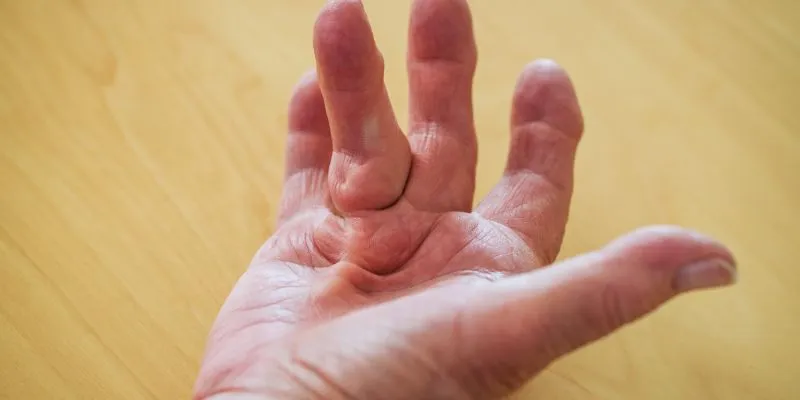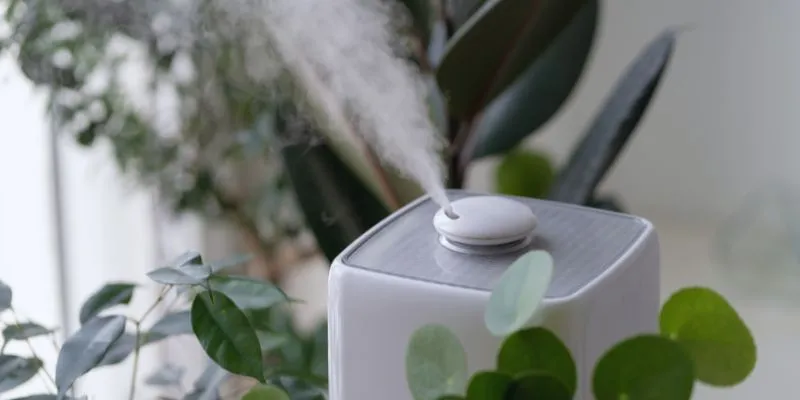Your Complete Guide to Multi-Masking Like a Skincare Pro
Multi-masking is a skincare technique where you apply different masks to various parts of your face, each catering to its specific needs. Some areas might need extra moisture, while others may require help with oil control or breakouts. This method is popular because it allows for comprehensive treatment in a single routine, saving time and providing optimal results. In this article, we’ll explore the benefits of multi-masking, the types of masks to use, a step-by-step guide, and tips for different skin types. Let’s dive in.
What is Multi-Masking?
Multi-masking involves using more than one face mask simultaneously. Instead of applying a single mask to your entire face, you use different masks on different areas based on their specific needs. For instance, some parts might be dry, while others are oily or prone to breakouts. Multi-masking allows you to provide each area with the care it requires, addressing and treating various skin issues at once, like hydrating dry patches and balancing oily zones.
Benefits of Multi-Masking
Multi-masking offers numerous advantages, making it a favored choice among skincare enthusiasts. It enables you to address multiple skin concerns simultaneously.
Customized Care for Each Skin Concern
With a multi-masking routine, you can target different issues on your face. For example, apply a hydrating mask on dry areas and a purifying mask on oily or acne-prone spots.
Efficient Skincare Routine
By applying different masks at the same time, you can save time. Instead of waiting for one mask to dry and then applying another, multi-masking speeds up the process, allowing you to enjoy the benefits of multiple treatments in the time it takes for one.
Maximized Product Effectiveness
When you use each mask where it’s needed, the products work more efficiently. For instance, a mask with powerful ingredients can target oily zones without affecting dry areas. This focused approach helps you get the most out of each product.
Best Types of Masks for Multi-Masking
While there are many face masks available, here are four of the best options for multi-masking:
Clay Masks for Oily and Acne-Prone Areas
Clay masks are excellent for treating oily skin, particularly on the T-zone. They help absorb excess oil, reduce shine, and clear pores, calming inflammation. Ideal for acne-prone areas, use them on the forehead, nose, and chin to maintain balanced skin oils.
Hydrating Masks for Dry Patches
For drier areas like the cheeks, hydrating masks work wonders. These masks contain moisture-boosting ingredients, such as hyaluronic acid, to replenish the skin’s natural hydration. Applying a hydrating mask to dry spots prevents flakiness and keeps your skin soft and smooth.
Brightening Masks for Dull Skin
If your skin appears dull or tired, brightening masks can help restore its radiance. Ingredients like vitamin C or antioxidants brighten the complexion, making areas that look uneven or lack glow appear fresh.
Calming Masks for Sensitive Spots
For sensitive areas, calming masks are essential. Masks with aloe or chamomile are gentle and help reduce redness. These soothing ingredients can alleviate irritation and relieve sensitive or inflamed skin, perfect for use on the cheeks or around the nose.
How to Multi-Mask: Step-by-Step Guide
Step 1: Identify Your Skin Concerns
Determine which areas need specific care. Is your T-zone oily? Consider a clay mask. Are your cheeks dry? Opt for a hydrating mask. Assess your skin carefully to understand where each mask will be most effective.
Step 2: Choose the Right Masks
Select masks based on the issues you want to address. For example, if you have acne or oil buildup, use a clay mask. If your skin feels dry, choose a hydrating mask with ingredients like hyaluronic acid.
Step 3: Apply Each Mask to Its Target Area
Apply the masks precisely. Use a clay mask on oily zones like the forehead and nose, and hydrating masks on drier areas like the cheeks. Avoid mixing masks in the same area, as each works best where it’s most needed.
Step 4: Follow the Recommended Timing for Each Mask
Each mask has specific instructions for how long to leave it on. Some may require only ten minutes, while others might need twenty. Read the labels carefully and follow the guidelines for optimal results.
Step 5: Rinse and Follow Up with Skincare

After the masks have dried, rinse your face with lukewarm water. Gently remove the masks to avoid irritation. Follow up with your regular skincare routine, including moisturizer and serums, to lock in hydration and nourish your skin.
Common Mistakes to Avoid with Multi-Masking
Here are a couple of common mistakes skincare beginners often make:
Overloading the Skin with Too Many Masks
Using too many masks at once can harm your skin. While multi-masking is a great way to treat different areas, applying too many products can cause irritation. Stick to a few masks and give your skin time to adjust. Remember, less can be more with multi-masking.
Ignoring Mask Instructions
Each mask has specific instructions for use, including how long to leave it on and how often to apply. Always follow the recommended usage to avoid issues like over-drying or redness. Pay attention to timing and how your skin responds to each product.
Multi-Masking Tips for Different Skin Types

Tips for Oily or Acne-Prone Skin
If you have oily or acne-prone skin, use masks that balance oil production and clear pores. Clay masks are effective for the T-zone, as they absorb excess oil and unclog pores. Be cautious not to over-dry your skin with too many strong products. It’s important to moisturize afterward to keep your skin hydrated.
Tips for Dry or Sensitive Skin
For dry or sensitive skin, focus on hydrating and calming masks. Look for ingredients like hyaluronic acid, aloe, or chamomile to soothe and moisturize without irritation. Avoid masks with strong exfoliants or fragrances that can cause discomfort. Always patch-test new masks to ensure your skin doesn’t react adversely.
Tips for Combination Skin
Use different masks for each area of your face. Apply a hydrating mask to dry patches, like your cheeks, and a clay mask to oily spots, like your T-zone. This approach targets each area’s specific needs without overwhelming your skin. Be mindful not to use too many strong masks at once.
Conclusion
Multi-masking is a fantastic technique to treat oily, dry, or acne-prone areas in one session. This method saves time and helps improve your skin’s issues more effectively. Since everyone’s skin is unique, it’s essential to tailor multi-masking to your needs. If you’re unsure about which masks to use, consulting a skincare professional or dermatologist is always a wise choice.










